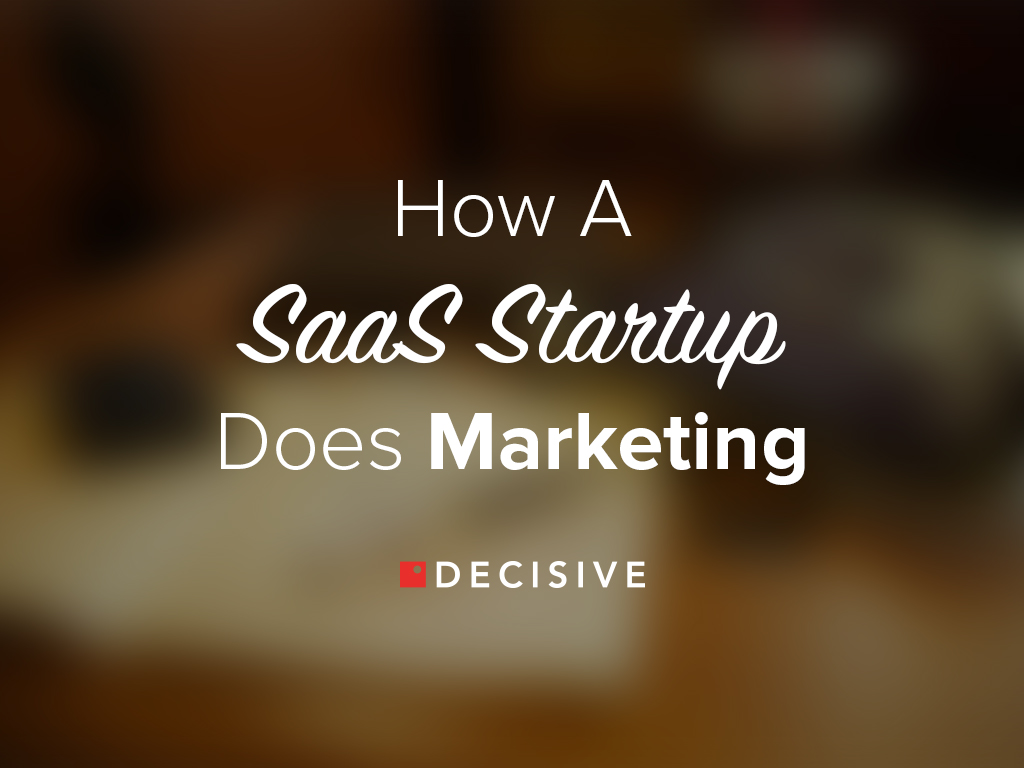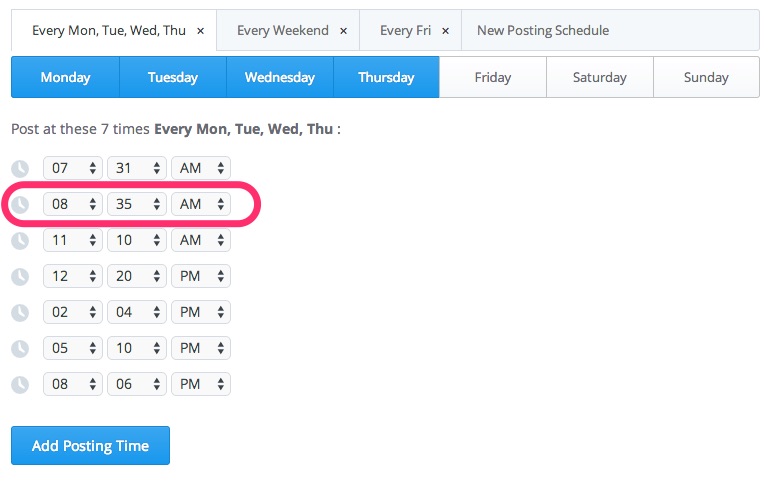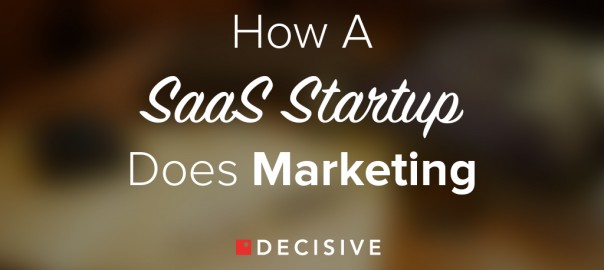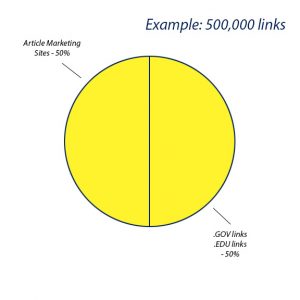 SaaS companies are product-driven companies, and they often pay very little attention to marketing in the very early stages of their company’s growth. This is the right approach because customers are buying your product, not your marketing. However, ignoring marketing as part of your growth strategy is a deadly mistake, especially if you’re a B2B company and can’t solely rely on public buzz to acquire customers. SaaS companies need marketing. Shoot, every company needs marketing.
SaaS companies are product-driven companies, and they often pay very little attention to marketing in the very early stages of their company’s growth. This is the right approach because customers are buying your product, not your marketing. However, ignoring marketing as part of your growth strategy is a deadly mistake, especially if you’re a B2B company and can’t solely rely on public buzz to acquire customers. SaaS companies need marketing. Shoot, every company needs marketing.
The fun part of working for a SaaS startup is you get to pretty much hack your way to growth without spending tons of money. Here at Decisive, our marketing has evolved rapidly since our public launch last April. Take a look at some of the techniques we use, how we can improve, and what we have planned.
Early Growth Through Word Of Mouth
A large part of our early success came from the buzz surrounding our company. People tend to disagree on whether word of mouth is a form of marketing. I will tell you right now that it is. It’s marketing because of the proactive steps you have to take to keep the word of mouth flame burning. In other words, it’s influenced by the company. There are two parts to this strategy:
- Creating a useful, buzz-worthy product.
- Fostering and nurturing customer relationships and managing your brand/reputation.
Creating A Useful, Buzz-Worthy Product
What drives word of mouth is your product. Your marketing efforts will fall short if your product isn’t good enough. We have positioned our product as a simpler, more effective product than the alternatives in the industry. Our early customers have experienced this first-hand (not without a few bugs, though). We all know when a product or service satisfies us, we’re more than willing to pass it on to others. Creating a great product that helps your customers achieve their goals will generate instant buzz. The downside is that customers won’t hesitate to air you out if your product isn’t satisfactory, which leads to the second part of the strategy.
Relationship & Brand/Reputation Management
What do you do when your customers are pissed off and your company’s name has a bad taste to it?
This part requires you to be forward-thinking, responsive, and have a deep understanding of your customer’s pain points. We don’t internally refer to this as a technique of marketing since we sincerely care about the customers we interact with (it’s built into our values), but fostering relationships before the purchase and brand management both fall under the umbrella of marketing.
Our team members do a great job of building and nurturing relationships with our customers and addressing the issues they have with our platform. We do this by checking in on conversations in online communities, sending update emails, having Skype conversations, and even having casual conversations about non-business topics. Any pressing issue that threatens to hurt our company is addressed immediately and worked on until a resolution is found.
Word of mouth marketing is the most organic form of marketing and works pretty well for a young startup.
Content Marketing
Here at Decisive, we know we have a lot to say. The ad tech industry lacks educational resources, which is ironic because this is a very complicated industry. We use our content to provide valuable insights to potential customers and the whole industry. Our content marketing strategy has helped us increase our overall site traffic by 248% in 9 months and increased our weekly signups from our marketing channels by about 15%. Here are some of the KPIs we track every week in a comprehensive marketing scoreboard:
Consumption & Sharing Metrics
- Average Bounce Rate
- Average Time Spent
- Marketing Channel Signups
- Newsletter Subscriptions
- Top Page (SEO, seen in Google Webmasters Tools)
- Top Source
- Twitter Engagements
- Unique Blog Views
Cost & Spend Metrics
- Activated Users (on our platform)
- Advertising Spend (on our platform)
- Average CPC/CPE
- Conversions
- CPA
- CTR
- Deposit Amount (on our platform)
- Impressions
- Marketing ROI
- Marketing Spend
- Total Spend (on our platform)
The key to any content marketing strategy is having a core group of people who create content consistently. Creating content can’t just be a hobby. It deserves as much attention as sales. To create even better content, your non-marketing employees should also contribute.
For example, the idea for this viral Slideshare we created, which was featured on Slideshare, came from our Software Engineer and Business Development person. That’s real teamwork!
Content marketing shouldn’t be called content marketing. It’s just another way to market your product or service, and everyone should do it.
Social Media Management
We focus on channels where are potential customers are. Two channels that have been working for us are Twitter and LinkedIn. These are the most popular channels for B2B companies.
Twitter – Twitter is our best-performing channel for our content. Most companies and thought leaders in the ad tech industry have Twitter accounts. This gives us an opportunity to put our content in front of the eyes that matter. Twitter also has a pretty cool advertising platform (coming from another advertising platform).
LinkedIn – Every company that matters should have a LinkedIn presence. The content we promote on LinkedIn gives us instant traffic to our blog. LinkedIn also seems to bring more engaged users.
Setting It And Forgetting It With Buffer
Remember the days when everyone had to manually post on social media? Me neither. It’s been so long since those days.
With all the social media scheduling tools available today, no business should be posting tweets and other posts manually (unless you’re posting about breaking news). It’s just too time-consuming, and there are better alternatives. One platform that’s essential to our social media management is Buffer.
The great thing about Buffer is it’s simple and to the point. They don’t try to overdo themselves by cramming their platform with unneeded features. The simplicity makes it a joy to use.

Our Twitter schedule in Buffer. The 8:35 AM EST time slot has worked best for us.
Areas For Improvement
Doesn’t hurt to call yourself out, right? As much as I would like it to be, our marketing efforts aren’t perfect. In fact, we’re just getting started. There are a lot of things that need to be in place for us to have a well-oiled marketing machine:
- Better attribution methods
- An improved website for SEO
- A better lead nurturing strategy
- More diversity of content (blog posts and Slideshares are our strong points)
- A bigger team of marketing all stars
Looking Ahead
Most of 2014 was spent behind the scenes creating a foundation for our SEO, content, social media, and branding. All of our customers were acquired without salespeople. We plan to continue this trend for as long as possible. In 2015, we plan to amplify our brand through more outreach, events, better content, and more advertising tools.
We have a long way to go, and we’re excited for the ride. We’ll be updating this as we discover new methods!
(327)





